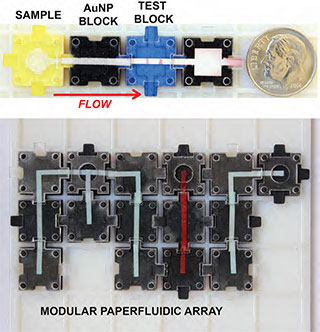Course Description
The MIT Little Devices Lab collaborates with healthcare professionals in developing countries to create affordable health and medical technologies. A large number of these healthcare professionals are nurses, and have been described as “stealth innovators,” “NurseMakers,” and “MacGyver Nurses.” (Rice, S. “Nurses …
The MIT Little Devices Lab collaborates with healthcare professionals in developing countries to create affordable health and medical technologies. A large number of these healthcare professionals are nurses, and have been described as “stealth innovators,” “NurseMakers,” and “MacGyver Nurses.” (Rice, S. “Nurses Devise Their Own Innovations.” Modern Healthcare, 17 Oct., 2015).
The Little Devices Lab helps support these inventors by sending them kits with the modular parts and materials to invent and build their own customized, cost-effective medical devices. They can then solve challenges specific to their patients and work environments, for a range of applications from diagnostics to microfluidics to drug delivery.
Similar to how breadboards enabled people to more easily build their own electronics, one of the lab’s projects involved creating a biochemical breadboard with plug-and-play sets of blocks for building paper analytical devices, which healthcare workers can use to make diagnostic tests that meet their needs.
On the Little Devices Lab’s site, users will find more details about the lab’s ongoing projects and research, video presentations about its work, and several of its members’ publications.
Course Info









